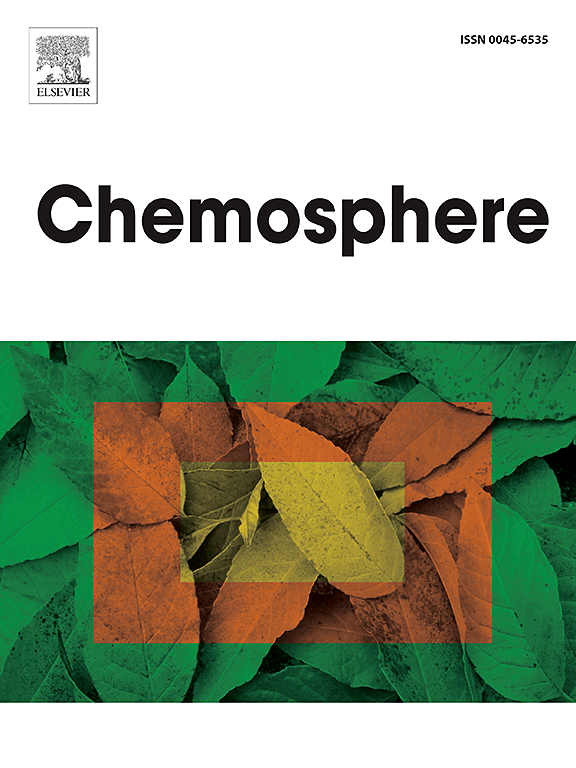Impact of surplus P with N and S modulation for enhanced microalgal lipid productivity in closed reactor system
IF 8.1
2区 环境科学与生态学
Q1 ENVIRONMENTAL SCIENCES
引用次数: 0
Abstract
Microalgae growth and lipid production via two-stage cultivation is challenging on a large scale due to the high energy demand for transferring biomass from the first to the second stage. To address this, the present study implements a continuous two-stage (CTS) cultivation strategy using Chlorella sp. BRE5 to enhance lipid productivity without compromising biomass growth. Shake flask experiments were initially conducted to evaluate the effects of varying phosphorus (P) doses (100 %, 250 %, 500 %, 750 %, and 1000 %) under four sets of nitrogen (N) and sulphur (S) supplementation conditions during the second stage of CTS cultivation: (i) N0–S0, (ii) N0–S100, (iii) N100–S0, and (iv) N100–S100. Results from these experiments guided a comparative photobioreactor (PBR) study, which revealed that the highest biomass productivity of 300.6 mg L−1 d−1 was achieved under PBR (N0–S100–P250) conditions, i.e., N deficiency with S (100 %) re-supplementation and surplus P (250 %) on the 8th day of the second stage of CTS. Under these conditions, lipid productivity was 2.74 times higher than that of the PBR (Control). The fatty acid profile composed of C16/C18, showing more than 88 % of the total fatty acids, and the estimated biodiesel properties meet international standards (EN-14214 and ASTM D-6751). These findings highlight that luxury P supply, when applied in the second stage of CTS cultivation, promoted lipid productivity in Chlorella sp. BRE5 offers a promising approach for enhanced biodiesel production.
富余磷与氮硫调节对封闭反应器系统微藻脂质产量提高的影响
由于将生物质从第一阶段转移到第二阶段需要大量的能量,通过两阶段培养的微藻生长和脂质生产在大规模上具有挑战性。为了解决这个问题,本研究采用连续两阶段(CTS)培养策略,使用小球藻sp. BRE5来提高脂质生产力,同时不影响生物量的增长。在CTS第二阶段的培养过程中,通过摇瓶试验,初步评估了不同磷(P)剂量(100%、250%、500%、750%和1000%)在四组氮(N)和硫(S)补充条件下的影响:(i) N0-S0, (ii) N0-S100, (iii) N100-S0, (iv) N100-S100。结果表明,在对照光生物反应器(PBR)条件下(N0-S100-P250),即在CTS第二阶段第8天,N缺乏再补充S(100%)和P(250%),生物量生产力最高,为300.6 mg L−1 d−1。在此条件下,产脂率是对照的2.74倍。脂肪酸谱由C16/C18组成,占总脂肪酸的88%以上,估计生物柴油性能符合国际标准(EN-14214和ASTM D-6751)。这些发现表明,当在CTS培养的第二阶段施用奢侈磷时,可以提高小球藻的脂质产量。BRE5为提高生物柴油的产量提供了一种有前途的方法。
本文章由计算机程序翻译,如有差异,请以英文原文为准。
求助全文
约1分钟内获得全文
求助全文
来源期刊

Chemosphere
环境科学-环境科学
CiteScore
15.80
自引率
8.00%
发文量
4975
审稿时长
3.4 months
期刊介绍:
Chemosphere, being an international multidisciplinary journal, is dedicated to publishing original communications and review articles on chemicals in the environment. The scope covers a wide range of topics, including the identification, quantification, behavior, fate, toxicology, treatment, and remediation of chemicals in the bio-, hydro-, litho-, and atmosphere, ensuring the broad dissemination of research in this field.
 求助内容:
求助内容: 应助结果提醒方式:
应助结果提醒方式:


